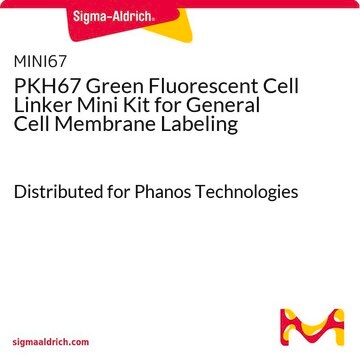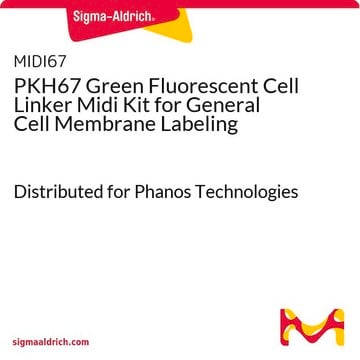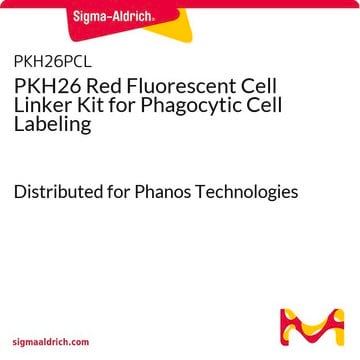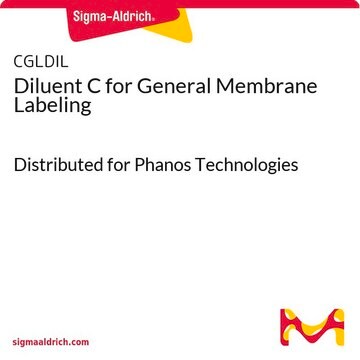PKH dyes are routinely used in co-culture situations. Because staining is nearly instantaneous, rapid and homogeneous dispersion of cells in dye solution is essential. There should be no excess or unincorporated dye in the medium prior to mixing or co-culturing the cell lines. Free dye will be taken up by all cells. See the links below to the product protocol as well as two additional co-culture studies using PKH dyes:
Protocol
https://www.sigmaaldrich.com/deepweb/assets/sigmaaldrich/product/documents/271/475/mini26bul.pdf
Co-culture in scaffolds
https://www.ncbi.nlm.nih.gov/pmc/articles/PMC5155425/
Co-culture, mixed monolayer, and on Transwell
https://www.ncbi.nlm.nih.gov/pmc/articles/PMC5168417/















